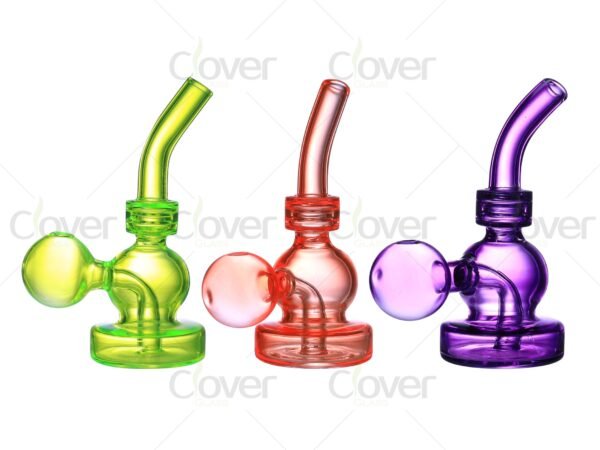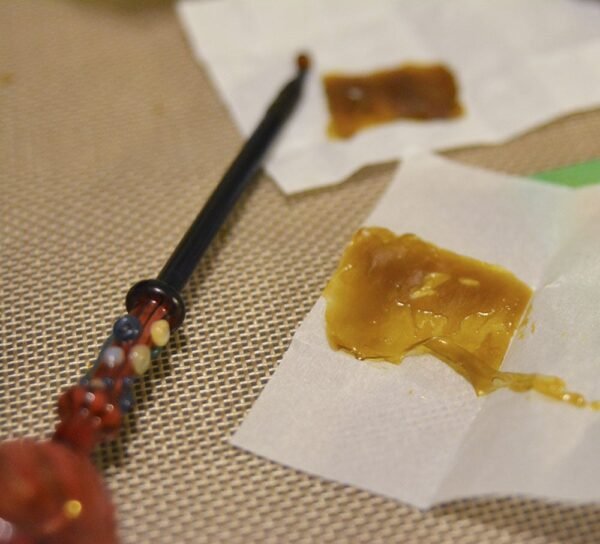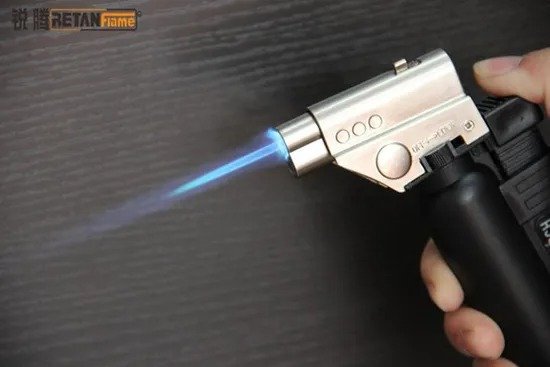Using an oil burner might seem tricky at first.
Knowing the right way to use an oil burner ensures safety and efficiency.
Let me share some tips on getting the most out of your oil burner.
What should the settings be on an oil burner?
Finding the right settings is key to using your oil burner effectively.
Proper settings help maintain performance and extend the life of your oil burner.

Getting Started with Settings
When I first started using an oil burner, I was unsure about the best settings. Here's what I learned:
- Power Level: Start with a medium setting. This balances heat and efficiency.
- Timer: Use the timer feature to control how long the burner runs. This prevents overheating.
- Airflow Control: Adjust the airflow to ensure a steady flame without wasting fuel.
Common Setting Mistakes
| Mistake | Impact |
|---|---|
| Too high power | Overheating and wasted oil |
| Ignoring the timer | Increased risk of accidents |
| Poor airflow | Inconsistent heating and efficiency |
Do you mix water with an oil burner?
Adding water to your oil burner can be beneficial in some cases.
Mixing water with oil can improve burning efficiency and reduce emissions.

When to Add Water
In my experience, adding water is useful when:
- Cooling the Burner: Helps prevent overheating during extended use.
- Cleaning: A water-oil mix can make cleaning easier by breaking down residues.
How to Properly Mix Water
| Step | Description |
|---|---|
| Measure Correctly | Use a 1:1 ratio of water to oil for most burners |
| Add Slowly | Pour water into the burner gradually to avoid splashing |
| Monitor Performance | Check the burner’s performance after mixing to ensure optimal operation |
What is the best way to use oil heating?
Using oil heating correctly can make a big difference in your daily comfort.
Effective oil heating practices enhance warmth and save energy.

Tips for Optimal Oil Heating
- Regular Maintenance: Keep your burner clean and well-maintained to ensure efficient heating.
- Proper Ventilation: Ensure there is enough airflow around the burner to distribute heat evenly.
- Use Quality Oil: High-quality oil burns more efficiently and produces less residue.
Benefits of Proper Oil Heating
| Benefit | Explanation |
|---|---|
| Energy Efficiency | Reduces oil consumption and costs |
| Enhanced Warmth | Provides consistent and comfortable heat |
| Longevity of Burner | Extends the lifespan of your oil burner |
What is the best temperature for an oil burner?
Maintaining the right temperature is crucial for safety and efficiency.
Keeping your oil burner at the optimal temperature ensures effective heating without risks.

Ideal Temperature Range
From my experience, the best temperature range for an oil burner is:
- Low Heat: 150°C - 200°C for gentle heating and energy saving.
- Medium Heat: 200°C - 250°C for standard heating needs.
- High Heat: Up to 300°C for rapid heating, but use with caution.
Temperature Control Tips
| Temperature Range | Use Case |
|---|---|
| 150°C - 200°C | Everyday heating and energy efficiency |
| 200°C - 250°C | Moderate heating needs |
| 250°C - 300°C | Quick heating tasks, short durations |
How do you use an oil heater efficiently?
Maximizing efficiency with your oil heater can save you money and energy.
Efficient use of your oil heater ensures optimal performance and cost savings.
![]()
Strategies for Efficient Use
- Schedule Heating Times: Use timers to heat only when needed.
- Insulate Your Space: Proper insulation retains heat, reducing the need for constant heating.
- Regular Cleaning: Keep the burner clean to maintain efficiency and prevent clogs.
Efficiency Boosters
| Strategy | Benefit |
|---|---|
| Scheduled Heating | Reduces unnecessary energy use |
| Proper Insulation | Keeps heat in, lowers heating demand |
| Regular Maintenance | Ensures burner operates smoothly |
Conclusion
Using your oil burner correctly keeps you warm and safe.






